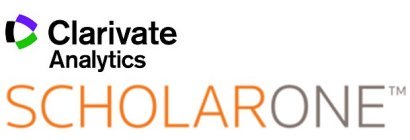Antimicrobial Activity of 2-Aminothiophene Derivatives
DOI:
https://doi.org/10.22377/ijpscr.v1i1.13Abstract
Heterocyclic compounds offer a high degree of structural diversity and have proven to be broadly and economically useful as therapeutic agents. Essential diet ingredients such as thiamine, riboflavin, nicotinamide, pyridoxine, and ascorbic acid are heterocyclic compounds. Thiophene is the backbone of several important products, including pharmaceuticals, dyes, and agrochemicals. In addition, this S-heterocyclic core is present in many natural products, several of which show antibacterial, antifungal, antiamoebic, antioxidant, antitumor, anticoagulant, and antithrombotic activities. 2-Aminothiophenes are important five-membered heterocyclic building blocks in organic synthesis and the chemistry of these small molecules is still developing based on the discovery of cyclization by Gewald. The most convergent and well-established approach for the preparation of 2-aminothiophenes is the Gewald method, which involves the three-component reaction of a ketone, an activated nitrile and elemental sulfur in the presence of morpholine as catalyst. In the continuation of our studies toward the development of new methodologies under green chemistry approaches, herein we reported a mild, efficient, and simple “one pot” Gewald Synthesis of tetra substituted 2-aminothiophene derivatives.
Downloads
Downloads
Published
How to Cite
Issue
Section
License
This is an Open Access article distributed under the terms of the Attribution-Noncommercial 4.0 International License [CC BY-NC 4.0], which requires that reusers give credit to the creator. It allows reusers to distribute, remix, adapt, and build upon the material in any medium or format, for noncommercial purposes only.







